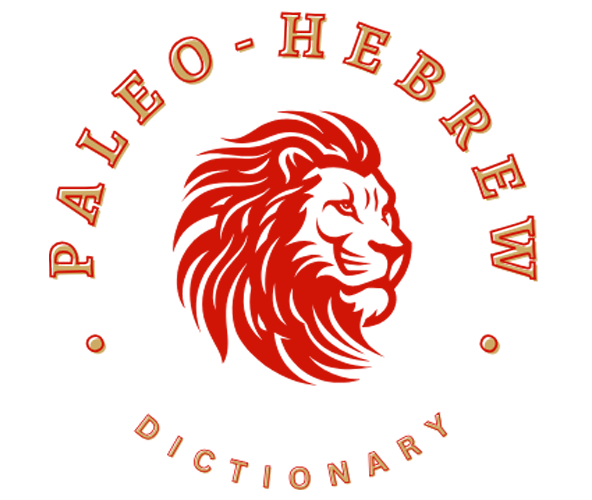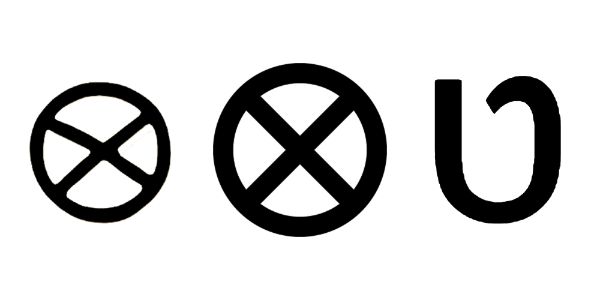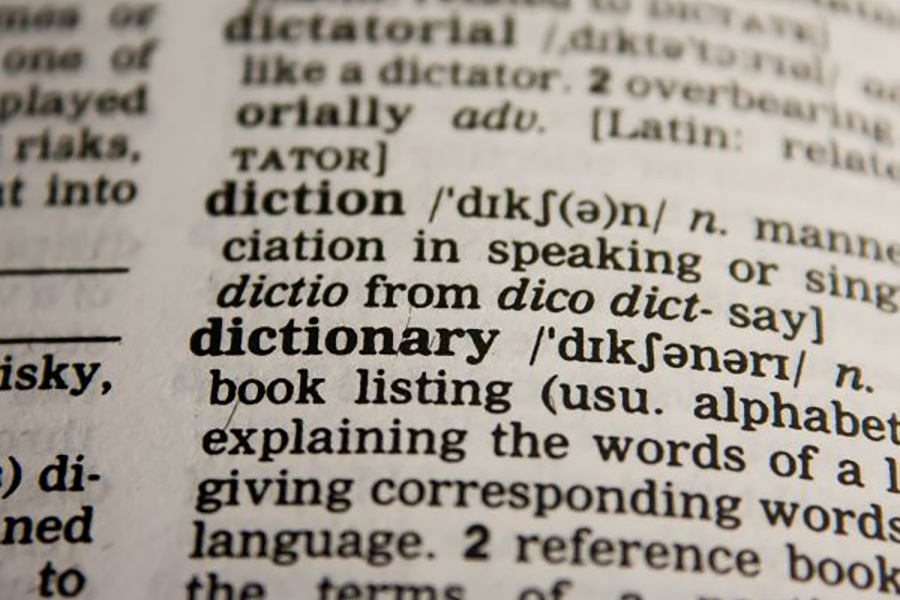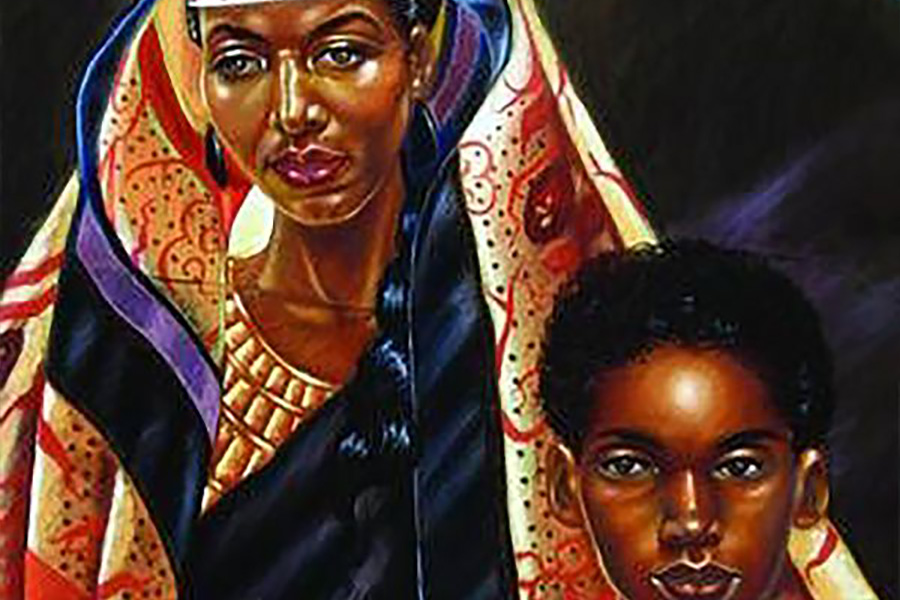« Back to Glossary Index
Synonyms:
𐤈, ṭ
The letter thanaa (𐤈) or Th/th (t̪) is the ninth letter in the Afroasiatic language known as Paleo-Hebrew (Ābarayat). The letter has been equated with the letter Th in the English language. However, it should not be confused with the letter tau (𐤕) in the Paleo-Hebrew language, which holds a T equivalent. Whereas, the letter thanaa (𐤈) holds a “th” equivalent when used in pronunciation. Nonetheless, writing the letter as Th in the English language is accurate.
Extended Study for 𐤈 (th)
To read the study guide entry that elaborates on 𐤈 (th) then join our Extended Study Membership at https://www.paleohebrewdictionary.org/extended or use phdict.org/extended to share a short link with others.





